Description
Blind Homer by Pier Francesco Mola printed on a Hoodie
About the Hoodie
Modern fit
It provides a more tailored look than a regular fit
Comfortable
The fabric and fit of this item are extra comfy
Tear-away tag
Easily removable tear-away tag that allows you to add a custom inside label
Premium quality
The product is made from premium, high-quality materials
Classic unisex hoodie with a front pouch pocket and matching flat drawstrings. The 100% cotton exterior makes this hoodie soft to the touch.
- 65% ring-spun cotton, 35% polyester
- Charcoal Heather is 60% ring-spun cotton, 40% polyester
- Carbon Grey is 55% ring-spun cotton, 45% polyester
- 100% cotton face
- Fabric weight: 8.5 oz./yd.² (288.2 g/m²)
- Front pouch pocket
- Self-fabric patch on the back
- Matching flat drawstrings
- 3-panel hood
- Tear-away tag
Pier Francesco Mola (1612-1666)
Pier Francesco Mola, called Il Ticinese was an Italian painter of the High Baroque, mainly active around Rome.
Mola was born at Coldrerio (now in Ticino, Switzerland). At the age of four, he moved to Rome with his father Giovanni Battista Mola, a painter. With the exception of the years 1633–40 and 1641–47, during which he resided in Venice and Bologna, respectively, he lived for the rest of his life in Rome.
His early training was with the late mannerist painter Cavalier d’Arpino, and he worked under the classicizing Francesco Albani.
His masterpiece as a fresco painter is widely considered to be the fresco in the gallery of Alexander VII in the Quirinal Palace Gallery, entitled Joseph making himself known to his Brethren (1657). However, Mola is considered to have been better as a painter of small pictures, especially landscapes. He made six versions of The Flight into Egypt, the earliest and best of which is the first one, The Rest on the Flight into Egypt.
He was elected Principe of the Accademia di San Luca, the Roman artists’ professional association, in 1662, but his last years were neither profitable nor prolific. Among his pupils were Jean-Baptiste Forest, Antonio Gherardi, and Giuseppe Bonati.
With his looser style and handling, more naturalistic palette, and interest in exploring landscape elements, Mola differs from the prevailing, highly-theoretical classicism of such leading 17th-century Roman painters as Andrea Sacchi.

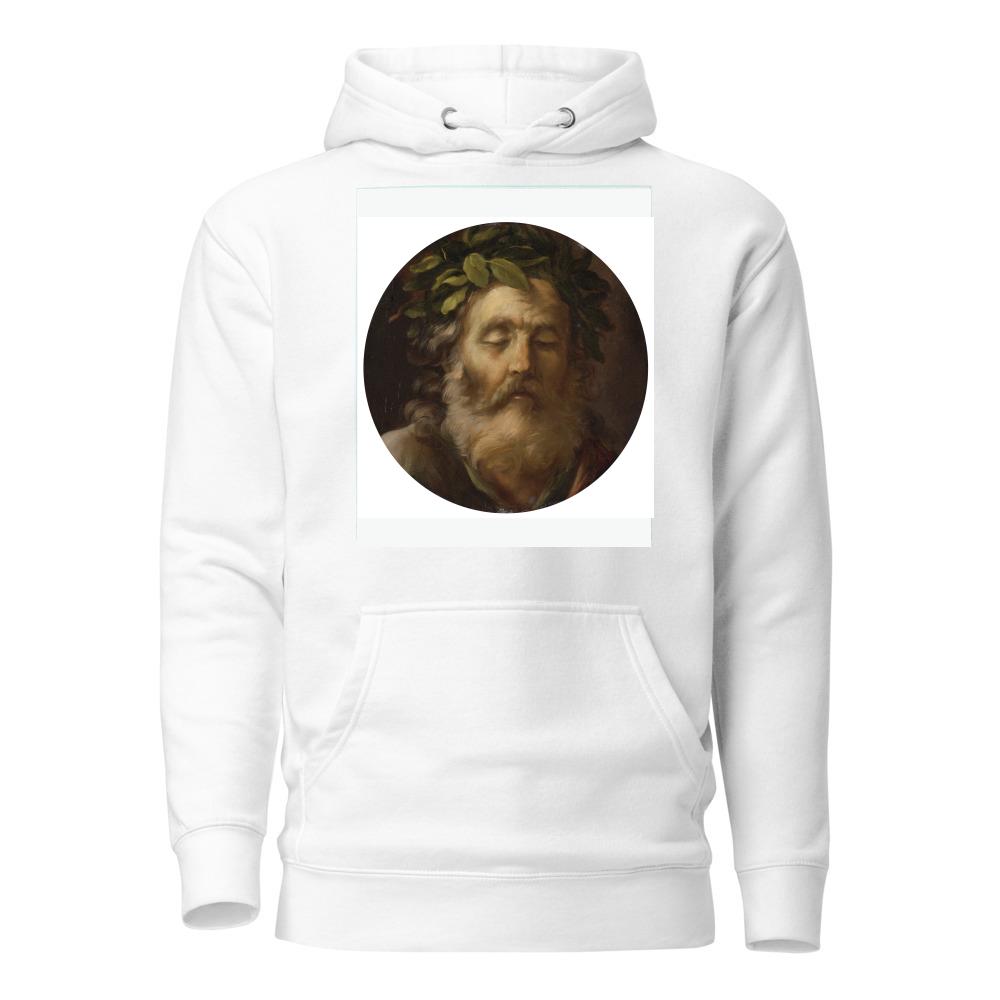
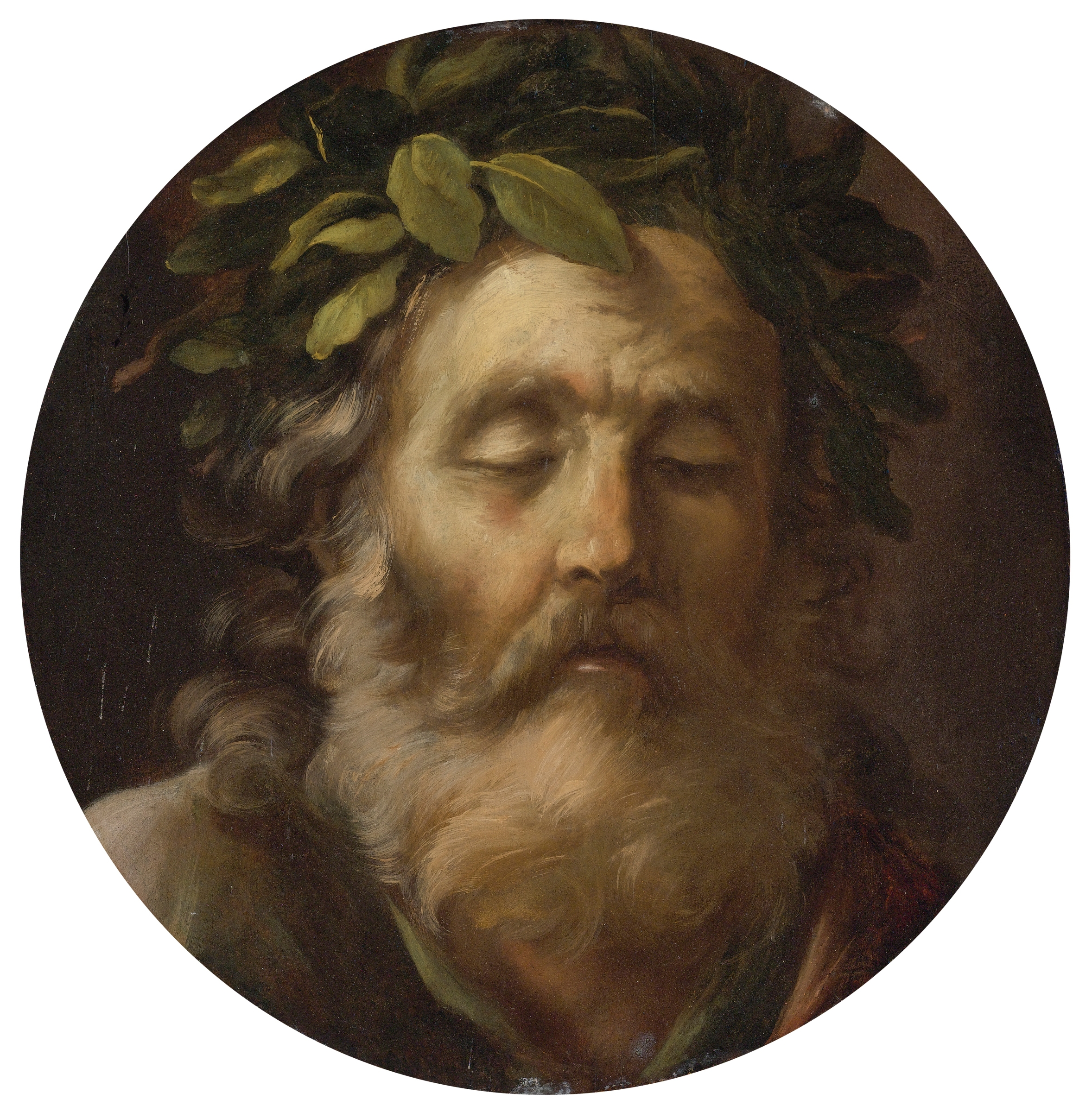
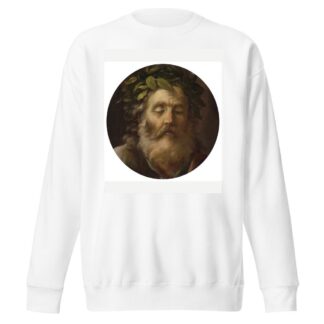
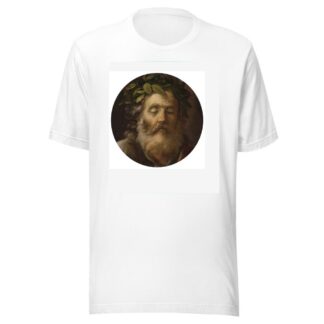
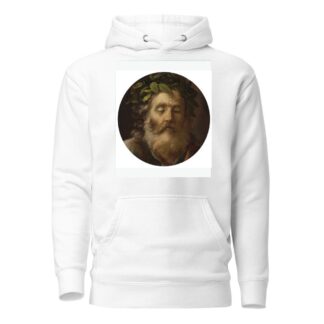
Reviews
There are no reviews yet.